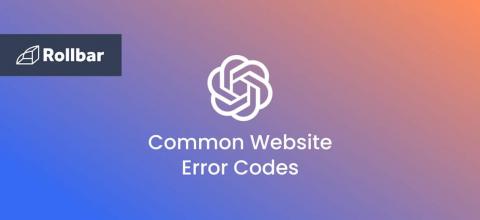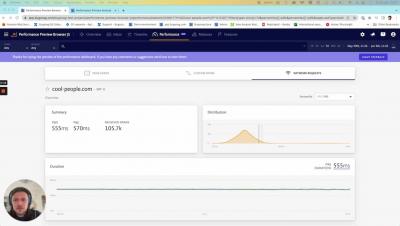A Web Developer's Guide to Common Website Error Codes
To err is not only human but also a fairly common occurrence on the world wide web. From misconfigured servers to mistyped URLs, three-digit error codes can turn an otherwise smooth browsing experience into a frustrating detour. From the infamous 404 to the more elusive 500, this guide is your compass to troubleshoot, decode, and resolve these digital stumbling blocks.











